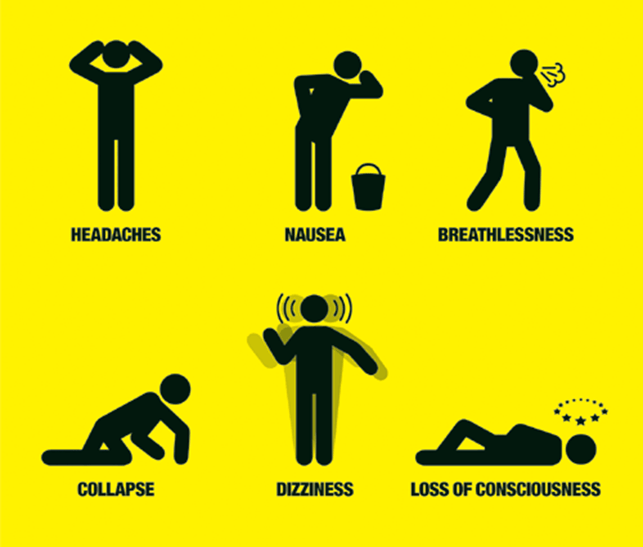Safety and
safety equipment
Dry Ice is manufactured by expanding LCO² which will form dry ice snow. The snow is then compressed and extruded by a pelletizer to create dry ice pellets.

Safety Guide
The CO² released from the blasting process as the dry ice is turning into gas again increases the levels of CO² in the working area.
In most areas and with exterior cleaning this will not cause any problems. But if used indoor or in a confined space a CO² monitoring device (most regulations are defining that 5000 ppm is the highest concentration allowed over maximum 8 hours) and fresh air supply mask are needed. Please consult your local supplier of Personal Protection Equipment (PPE).
CO² is colourless, tasteless and has no smell. Symptoms of overexposure to CO² are:
Under all circumstances it is required to have sufficient ventilation in the areas where you are working.

Gloves

Protective clothing

Ear Protection
Depending on the pressure and airflow being used during blasting the noise level will be between 75 dB (A) and 130 dB (A). It is therefore recommended to wear ear protectors at all times. Also do consider that others may be in the vicinity and they should also protect themselves.

Face Protection
There is a risk of being hit by dry ice pellets bouncing back from the surface you are cleaning. Also debris and other loose particles can get on to your skin and in your eyes. Always wear a fact shield when performing dry ice blasting.
Transport of dry ice
It is important to follow all health and safety regulations for both dry ice cleaning and especially for storage and transport.
By minimum doubts we recommend to get in contact with our team at DryIceEU.